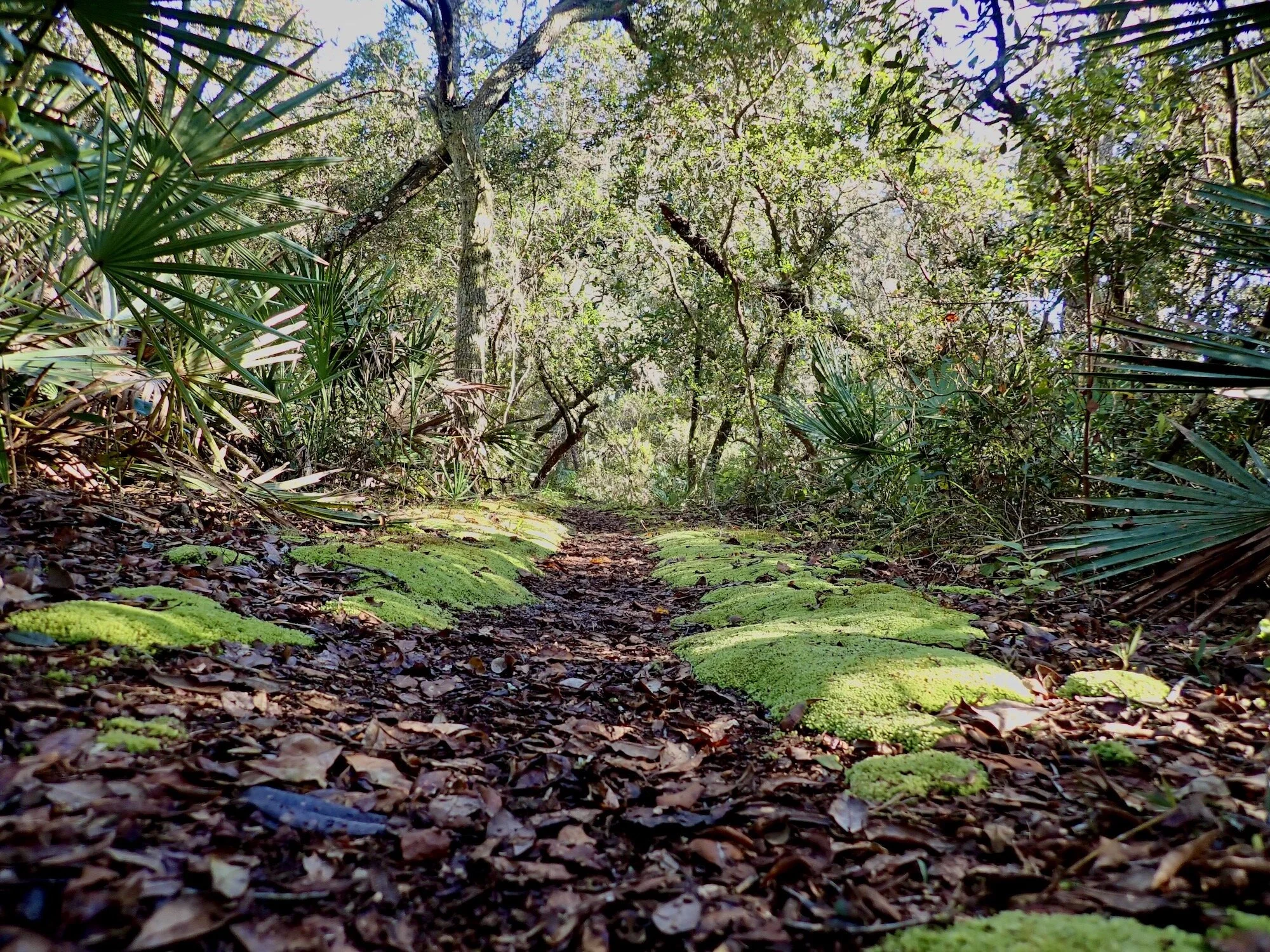Wildlife Watching Wednesday: The Beautiful Mourning Cloak Butterfly
By: Tom Berg
The common Mourning Cloak butterfly (Nymphalis antiopa) is a beautiful harbinger of spring. It gets its name from the German word “trauermantel”, which translates to “mourning coat” or “mourning cloak”. The color pattern on the wings resembles the traditional cloak or shroud worn by those in mourning after a death in the family. Occasionally, this cloak was even draped over the coffin of the departed loved one.
The Mourning Cloak butterfly has dark reddish-brown wings with dusty yellow borders and bright blue spots. They are hard to forget. Since they rarely feed on flower nectar, they are most often encountered in the woods or in woodland openings, and also along creeks, lakeshores and parks where trees are present. Adults feed on tree sap or juice from rotting fruit, and sometimes visit mud puddles.
Adult Mourning Cloaks hibernate over the winter in tree cavities, under leaf piles or inside any crevice that might help protect them from the cold. Their bodies will actually be frozen in a state of “cryo-preservation”, but they can survive the winter surprisingly well if they have some protection from the elements. They live for up to 12 months, so they have one of the longest lifespans of any butterfly in the USA.
As mentioned, these colorful creatures are one of the first butterflies seen in the spring, and they show up on warm, sunny days in woodland parks and back yards. Since they appear so early in the year, it makes sense that they consume tree sap. Sap begins flowing again in trees in the late winter and very early spring, so it provides a good food source before flowers appear.
Once these butterflies find each other and mate, the females lay eggs on the branches of the caterpillar’s favorite food plants: willow, cottonwood, hackberry, poplar, birch and elm. Mourning Cloak caterpillars are sometimes called spiny elm caterpillars, and the bristling spines help protect them from predators.
Keep an eye out for these beauties once spring finally arrives!
Tom Berg is an award-winning writer and photographer and has been a freelance writer since 1993. He is also the Executive Director of the Hoosier Outdoor Writers organization in Indiana and is a member of several other writers groups.



